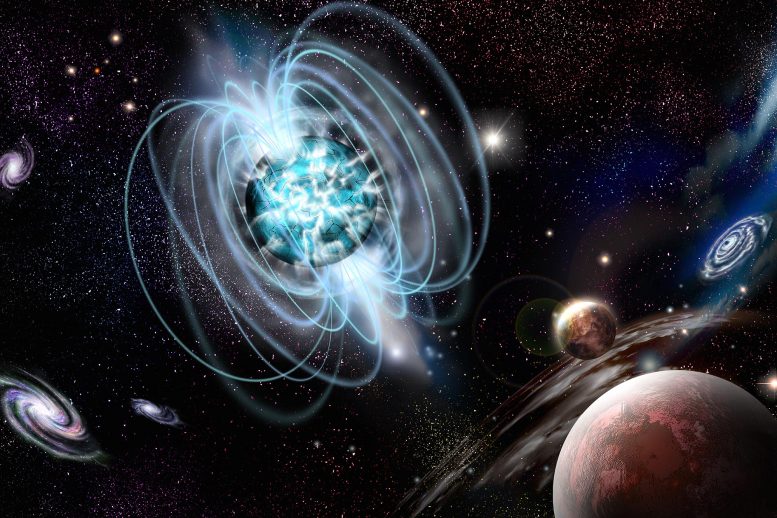
Astrophysicist Dong Lai theorizes that a quantum electrodynamics (QED) effect called “photon metamorphosis” accounts for unexpected observations of X-ray polarization from a magnetar, a neutron star with an intense magnetic field. Lai’s theory suggests X-ray photons passing through the magnetar’s magnetized atmosphere can temporarily transform into pairs of “virtual” electrons and positrons, leading to differing polarizations for low and high-energy X-rays.
A “beautiful effect” predicted by quantum electrodynamics (QED) may provide an explanation for the perplexing initial sightings of polarized X-rays radiating from a magnetar – a type of neutron star characterized by an immensely powerful magnetic field, according to a Cornell astrophysicist.
The extremely dense and hot remnant of a massive star, equipped with a magnetic field that surpasses Earth’s by 100 trillion times, was predicted to produce distinctly polarized X-rays. This means that the radiation’s electromagnetic field does not vibrate haphazardly but has a preferred direction.
But scientists were surprised when NASA’s Imaging X-ray Polarimetry Explorer (IXPE) satellite last year detected that lower- and higher-energy X-rays were polarized differently, with electromagnetic fields oriented at right angles to each other.
The phenomenon can be naturally explained as a result of “photon metamorphosis” – a transformation of X-ray photons that has been theorized but never directly observed, said Dong Lai, Ph.D. ’94, the Benson Jay Simon ’59, MBA ’62, and Mary Ellen Simon, M.A. ’63, Professor of Astrophysics in the College of Arts and Sciences.
“In this observation of radiation from a faraway celestial object, we see a beautiful effect that is a manifestation of intricate, fundamental physics,” Lai said. “QED is one of the most successful physics theories, but it had not been tested in such strong magnetic field conditions.”
Lai is the author of a recent study published in Proceedings of the National Academy of Sciences.
The research builds on calculations Lai and Wynn Ho, Ph.D. ’03, published 20 years ago, incorporating observations NASA reported last November of the magnetar 4U 0142+61, located 13,000 light-years away in the Cassiopeia constellation.
Quantum electrodynamics, which describes microscopic interactions between electrons and photons, predicts that as X-ray photons exit the neutron star’s thin atmosphere of hot, magnetized gas, or plasma, they pass through a phase called vacuum resonance.
There, Lai said, photons, which have no charge, can temporarily convert into pairs of “virtual” electrons and positrons that are influenced by the magnetar’s super-strong magnetic field even in a vacuum, a process called “vacuum birefringence.” Combined with a related process, plasma birefringence, conditions are created for the polarity of high-energy X-rays to swing 90 degrees relative to low-energy X-rays, according to Lai’s analysis.
“You can think about the polarization as two flavors of photons,” he said. “A photon suddenly converting from one flavor to another – you don’t usually see this kind of thing. But it’s a natural consequence of the physics if you apply the theory under these extreme conditions.”
The IXPE mission did not see the polarization swing in observations of another magnetar, called 1RXS J170849.0-400910, with an even stronger magnetic field. Lai said that’s consistent with his calculations, which suggest vacuum resonance and photon metamorphosis would occur very deep inside such a neutron star.
Lai said his interpretation of IXPE’s observations of the magnetar 4U 0142+61 helped constrain its magnetic field and rotation, and suggested that its atmosphere was likely composed of partially ionized heavy elements.
Ongoing study of X-rays from some of the universe’s most extreme objects, including neutron stars and black holes, he said, enables scientists to probe the behavior of matter in conditions that can’t be replicated in labs, and adds to our understanding of the universe’s beauty and diversity.
“The observations by IXPE have opened a new window for studying the surface environment of neutron stars,” Lai said. “This will lead to new insights into these enigmatic objects.”
Reference: “IXPE detection of polarized X-rays from magnetars and photon mode conversion at QED vacuum resonance” by Dong Lai, 18 April 2023, Proceedings of the National Academy of Sciences.
DOI: 10.1073/pnas.2216534120

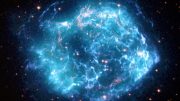

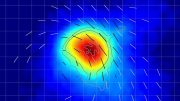
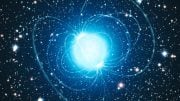

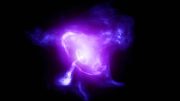
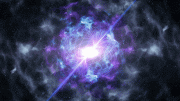
I did find life from Mars in meteorites.those meteorites are stromatolite and came down as extremely huge shower.if you wish to see some of them just have looking at my Pinterest account…shahin1200.